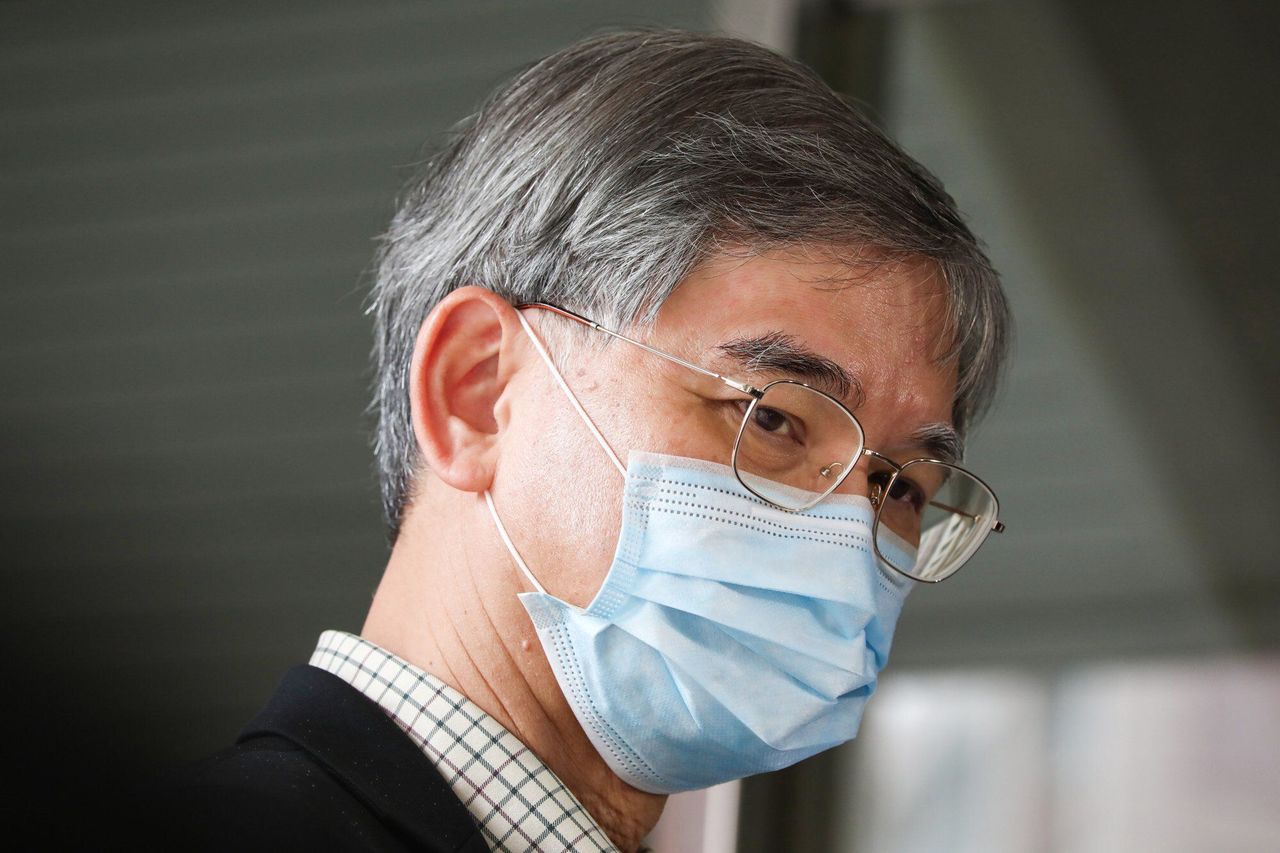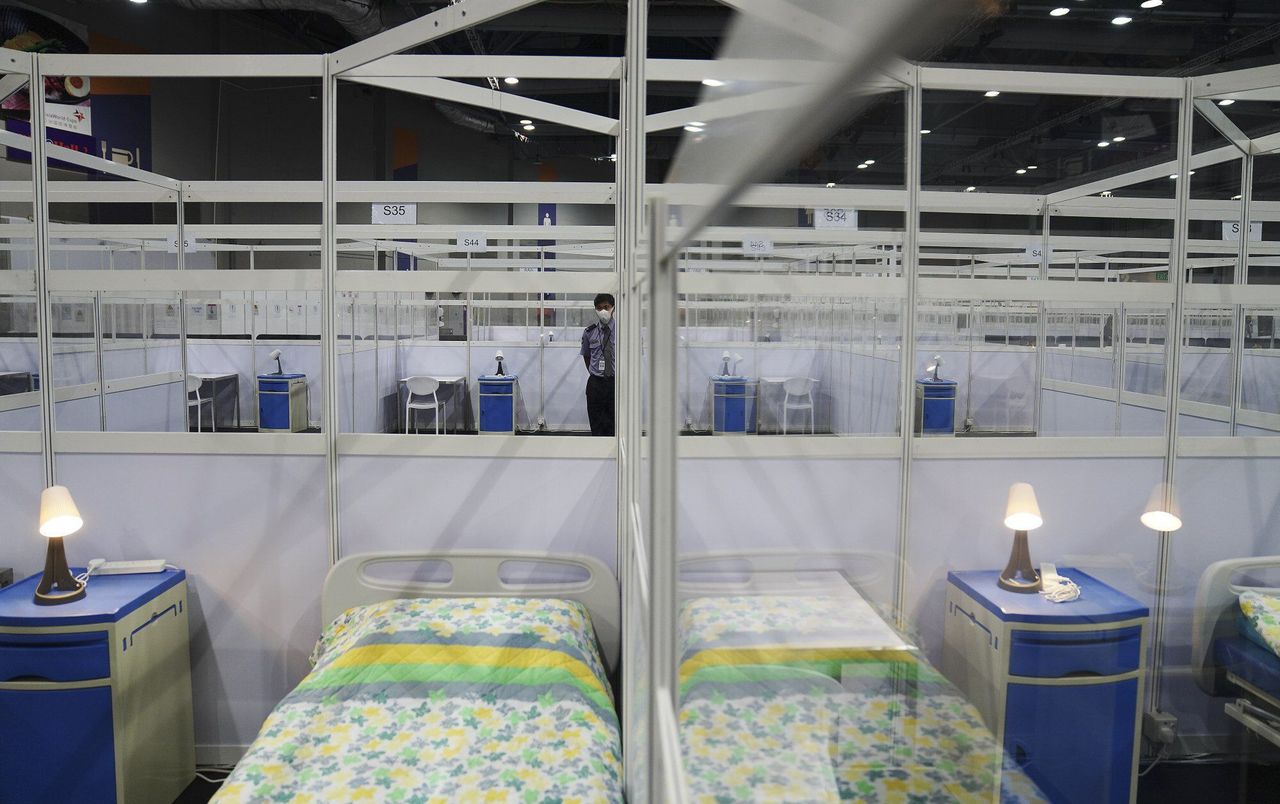Hong Kong News

Hong Kong to ‘cut quarantine for care home residents, staff to 1 week’
Hong Kong authorities will shorten the quarantine period for residents and employees of care homes for the elderly and disabled, as isolation facilities could soon be full, according to the labour and welfare chief.
Writing on his official blog on Sunday, Secretary for Labour and Welfare Law Chi-kwong said that in the past week, the Social Welfare Department had started giving out rapid test kits to employees of care homes for the elderly and disabled so that they could test themselves at three-day intervals, and help protect the health and safety of those in their care.
“We are no longer just preventing infection and fighting the coronavirus. This is a battle in which every life matters. I strongly believe that we can stand united in winning this war,” he wrote.
 Secretary for Labour and Welfare Law Chi-kwong.
Secretary for Labour and Welfare Law Chi-kwong.
Currently, close contacts of infected care home residents or employees have to spend two weeks at the AsiaWorld-Expo quarantine facility.
Law said the department had originally planned to double quarantine places at the facility from 320 to 640, but that he believed they would be filled quickly, with Hong Kong having recorded a daily caseload of more than 1,000 in recent days.
Law said that while authorities would seek to further increase quarantine places to 1,028, several measures would be adopted to relax isolation rules.
Care home residents or employees sent to quarantine at AsiaWorld-Expo could be released after a week if they tested negative, Law said.
Health authorities would no longer send care home residents who were not close contacts of infected employees to quarantine, he said, adding that residents returning to care homes must continue to be isolated if possible, and take rapid tests on the eighth and twelfth days.
 The AsiaWorld-Expo quarantine facility.
The AsiaWorld-Expo quarantine facility.
Law also appealed to the families of care home residents and the medical sector, urging them to help boost the vaccination rate. He lamented that as of February 3, the vaccination rate in care homes was only 22 per cent.
“We spent nearly a year persuading them and their families to get jabbed. How much longer do we have to wait before we can have a 90 to 100 per cent vaccination rate, just like in the care homes in Europe and North America?” he said.
Cooperation among various stakeholders would be vital to lowering the infection and mortality rate at care homes, Law said. He noted that when the third wave of infections battered Hong Kong in the summer of 2020, 136 residents of elderly and disabled care homes were infected and 30 of them, or 22.1 per cent, died as a result.
In comparison, after the fourth wave of infections in November 2020, only 91 care home residents were infected – 11 of them, or 12.1 per cent, died.
“This was because there was much cooperation among various stakeholders to improve our anti-epidemic measures. More importantly, the employees were cooperative and were tested regularly,” he said.
Law urged families of care home residents to get them vaccinated.
“I’d like to plead with the families of care home residents: do not object to vaccination for them, or object to them being assessed by doctors whether they are suitable to be inoculated,” he said.
“I’m also seeking help from doctors and medical organisations … I know that they are under immense pressure when demand for vaccinations is increasing sharply, but I hope they can take extra steps and recruit retired professionals to help fight this war against the coronavirus.”
Law said that to encourage and thank care home workers, they would each be offered a monthly subsidy of HK$2,000 (US$257) for five months. This would be included as one of the latest measures under the government’s anti-epidemic fund, he added.
Last week, Hong Kong leader Carrie Lam Cheng Yuet-ngor announced a sixth round of anti-epidemic relief funding totalling HK$26 billion and said she hoped it would be approved by lawmakers at a Finance Committee meeting on February 15.
Hong Kong breached a new threshold with about 2,000 suspected Covid-19 cases reported on Sunday, along with 1,347 confirmed infections.











